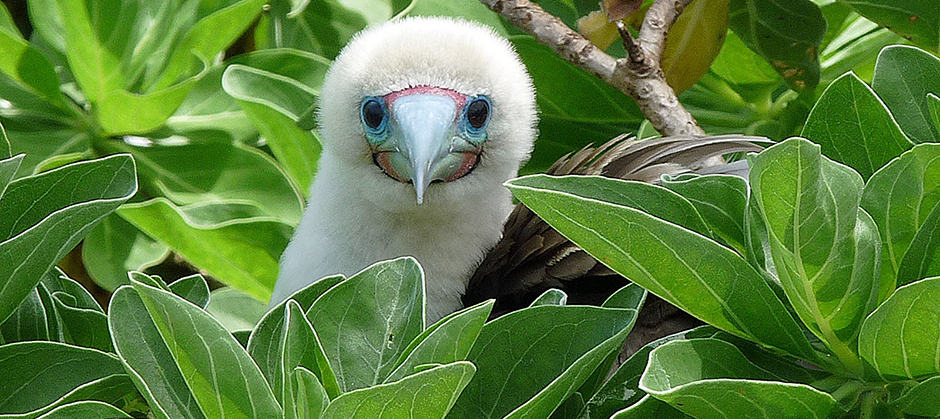Share this article
House bill would increase wildlife funding, defund reorganization
As the Senate begins its process of drafting its Fiscal Year 2020 spending bills, the House is moving forward with its slate of appropriations bills and several are ready for a vote on the floor. The bill that provides funding for the Department of the Interior and the U.S. Forest Service cleared the full Appropriations Committee on May 22. The House plans to vote on its appropriations bills in June.
That bill looks very different from the administration’s budget recommendations released in February. The administration proposed deep cuts in funding for many wildlife and conservation programs. In fact, it recommended eliminating the Cooperative Research Units from the U.S. Geological Survey’s budget and reducing by half funding for the State and Tribal Wildlife Grants program. Both would see increases under the House bill.
The House bill would provide $24 million for U.S. Geological Survey Cooperative Research Units, which received $18.4 million in FY 2019. Cooperative Research Units have been underfunded for years, and there are now a record 38 vacancies among CRU scientists. The increase to $24 million, which The Wildlife Society supported, would enable the units to begin filling these positions and more fully meet the mission of the program. Smaller increases in previous years have not provided enough new funding to fill the vacancies. The committee, in its report, instructs the USGS that “the increase should be used to fill critical vacancies as quickly as practicable.”
The House committee also expressed concern about sage-grouse conservation in the report that accompanies their bill, in light of recent efforts by the administration to update the land use plan governing sage-grouse conservation. “The Committee is extremely concerned about the dismantling by the current administration of the unprecedented conservation partnership forged in 2015 by 11 Western states, ranchers and other interested stakeholders to keep the sage-grouse off the endangered species list. This administration is moving forward with revisions that will weaken protections and conservation prescriptions for sage-grouse that were included in the 2015 science-based greater sage-grouse strategy,” said the report.
It continues, “the future of the sage-grouse, a species that is emblematic of the health of the sagebrush habitat that it shares with 350 other kinds of wildlife, depends on decisions being made with the best available science and technical advice.” The bill would increase funding for the Bureau of Land Management conservation of sage-grouse to $73 million.
The House bill does not include several riders that have traditionally been included with the Interior appropriations bill in recent years. However, the Republican-controlled Senate has not committed to a rider-free bill, meaning that whether to include the riders this year could become a point of contention later in the appropriations process.
One of the often-included riders stripped by the House committee would prevent greater sage-grouse from being listed under the Endangered Species Act. Another long-standing rider prevents the Environmental Protection Agency from regulating lead in ammunition and fishing tackle under the Toxic Substances Control Act.
The House appropriations bill also addresses the proposed reorganization of the Department of the Interior. In 2017, former Secretary of the Interior Ryan Zinke announced plans to reorganize the department’s bureaus into a system of unified regions. Since then, planning for the reorganization has progressed, with a final map of the new regions released in Sept. 2018.
However, with Zinke’s departure and the appointment of Secretary David Bernhardt, questions emerged about how much of the reorganization would be completed, especially as Bernhardt himself expressed reservations regarding some aspects of the reorganization during a congressional hearing. The president’s budget proposal for FY 2020 included $27.6 million in funding for the reorganization, but the House bill did not include any funding for the effort.
During a recent hearing in front of the Senate Appropriations Committee’s subcommittee on Interior appropriations, Bernhardt testified in part about the reorganization. He answered questions from lawmakers about the reorganization proposal, vowing to work with them as the plans continue to move forward and trying to allay concerns about possible effects on personnel.
Header Image: A red-footed booby (Sula sula) peers out form foliage at Palmyra Atoll National Wildlife Refuges. Refuges would receive increased funding next year under the House Bill. ©Laura Beauregard/USFWS








